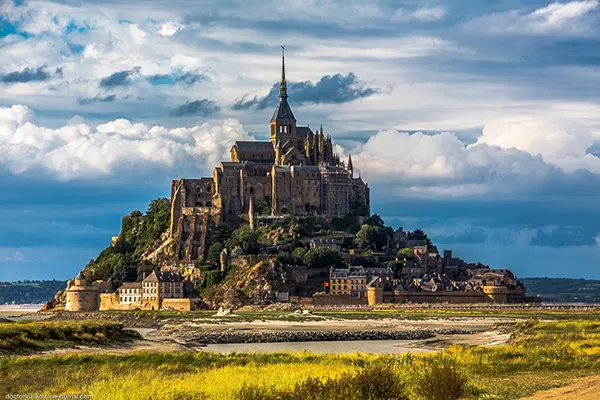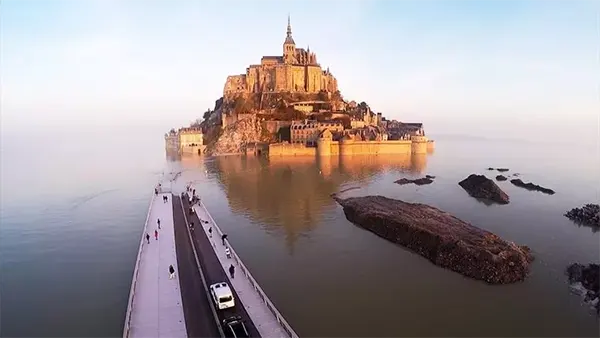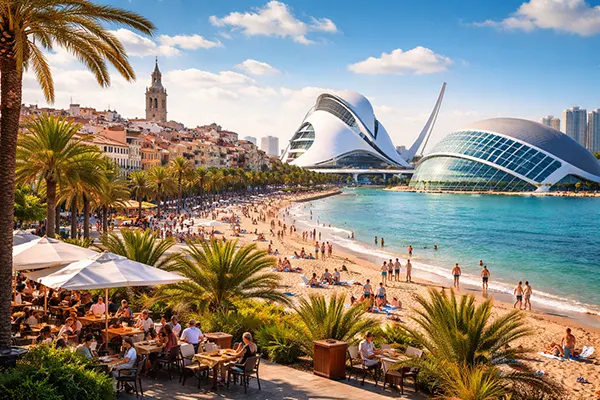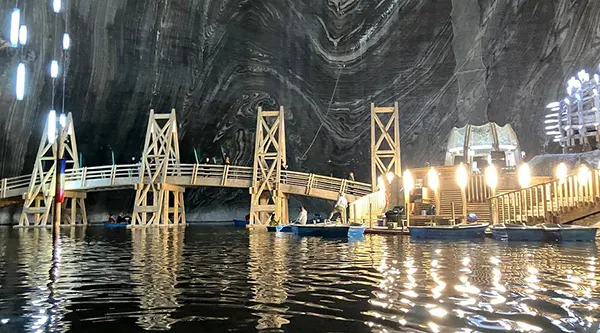
Mont-Saint-Michel Abbey: A Fortress City on Water in France
Mont-Saint-Michel Abbey is one of France’s most iconic and awe-inspiring historical monuments, known for its unique location on a tidal islet in Normandy. Its combination of medieval architecture, strategic significance, and spiritual heritage has earned it a place on the UNESCO World Heritage List. Throughout centuries, it served not only as a religious sanctuary but also as an unassailable fortress during military conflicts. As of June 2025, Mont-Saint-Michel continues to be a major tourist destination, attracting millions of visitors each year with its mystique, heritage, and ever-changing landscapes caused by the tides.
Architectural Significance and Historical Development
The construction of Mont-Saint-Michel Abbey began in the 8th century and continued for several hundred years. Initially built as a modest oratory dedicated to the Archangel Michael, the site evolved into a grand Benedictine monastery by the 10th century. Its Romanesque and Gothic elements reflect the successive architectural styles popular during its construction phases. The abbey church, perched atop the rocky islet, was designed to symbolise the heavenly Jerusalem, elevating faith both literally and metaphorically.
Strategically placed 600 metres off the French coast, Mont-Saint-Michel was nearly impenetrable during the Hundred Years’ War. English forces attempted multiple sieges but failed to conquer it, thanks to the abbey’s defensive walls, steep ascent, and narrow access. The tides, which can vary as much as 14 metres, served as a natural defence mechanism, isolating the abbey during high water and complicating attacks.
Over time, Mont-Saint-Michel also became a centre of learning and monastic scholarship. Its library once held an extensive collection of manuscripts, many of which were preserved through turbulent times. During the French Revolution, the abbey was secularised and used as a prison, a fate that lasted until 1863, when restoration efforts began to bring the monument back to its original glory.
The Monastic Life and Religious Role
The abbey was established by the bishop of Avranches, Aubert, who claimed to have received divine instructions from the Archangel Michael to build a sanctuary on the rocky mount. Benedictine monks resided here from the 10th century, making it an important centre of religious influence in Western Europe. Pilgrims travelled from across the continent, often risking the treacherous tides to reach the sacred site.
Inside the abbey, visitors today can explore the cloisters, refectory, scriptorium, and chapels—spaces where monastic life once thrived in isolation and contemplation. The architecture, filled with carved columns and narrow passages, reflects the Benedictine values of humility and order. Liturgical rituals and prayers echoed through the high-vaulted halls, reinforcing the spiritual atmosphere of the mount.
Although the number of monks diminished after the Revolution, a small community of religious members returned in the 21st century to restore some of its spiritual traditions. Today, the abbey hosts special masses and events, maintaining a connection with its historical religious purpose while being open to all visitors regardless of faith.
The Role of Nature and Tides
One of Mont-Saint-Michel’s most fascinating features is its tidal phenomenon. The surrounding bay is subject to the most extreme tidal variations in continental Europe. During high tide, the islet is completely encircled by water, reinforcing its image as a city adrift. At low tide, vast sandbanks stretch around it, revealing walking paths that are accessible under guided conditions.
These tides have not only influenced the defensive strategy but have also shaped the tourism experience. Since 2015, a specially constructed causeway allows controlled access regardless of the tidal state. However, during certain days each month, the tide still rises fast enough to isolate the abbey for several hours, creating a mesmerising natural spectacle.
Ecologically, the Mont-Saint-Michel Bay is a dynamic zone, home to many species of birds and marine life. It’s also a site of sedimentary importance, with continuous efforts to prevent silting. The French government has implemented major environmental restoration projects over the past two decades, including the removal of old car parks and construction of hydraulic systems to manage water flow and preserve the island’s maritime character.
Environmental Conservation and Modern Challenges
Preserving Mont-Saint-Michel’s environment has been a complex and ongoing challenge. Due to centuries of human intervention, particularly dam construction and land reclamation, the bay began to silt up in the 20th century, threatening to turn the islet into a part of the mainland. To counteract this, the French authorities launched a massive project in 2006 aimed at restoring the maritime nature of the site.
As of June 2025, these efforts have shown positive results. A dam on the Couesnon River regulates sediment flow, and a shuttle system limits vehicle access to reduce pollution. These environmental strategies ensure that Mont-Saint-Michel retains its iconic silhouette as a tidal island.
However, climate change and rising sea levels present new uncertainties. Experts are closely monitoring erosion and storm patterns, adapting infrastructure when necessary. The goal remains to maintain a balance between heritage conservation and environmental sustainability without compromising visitor accessibility.

Tourism, Economy, and Cultural Significance
Mont-Saint-Michel is a major pillar of the regional economy in Normandy, receiving over 2.5 million visitors annually. Tourism supports local businesses, including souvenir shops, traditional restaurants, and family-owned accommodations. The village at the base of the abbey still houses permanent residents, although the number has declined over the years.
Cultural events, such as the annual “Nuit des Chimères” and thematic exhibitions inside the abbey, contribute to its role as a living monument rather than a static museum. UNESCO recognition has also prompted increased funding and international collaboration on conservation efforts. In 2024, the site underwent digital enhancements such as interactive tours and augmented reality guides, enriching the visitor experience.
Accessibility remains a key focus. Free shuttles operate from nearby parking zones, and the site is equipped with visitor centres offering historical context, safety information, and route suggestions. Despite some challenges with overcrowding during peak season, management policies encourage off-season travel and educational tourism to ensure sustainable engagement with the site.
Practical Information for Visitors
Mont-Saint-Michel is open year-round, with seasonal hours for the abbey itself. Entrance fees vary, but citizens of the EU under 26 can enter for free. Guided tours in multiple languages are available and are highly recommended for those interested in history and architecture.
Public transport from cities like Rennes and Paris connects to the shuttle terminal via trains and buses. For those driving, parking is located 2.5 kilometres from the island, with regular shuttle or pedestrian access across the causeway. Staying overnight in nearby towns such as Pontorson allows visitors to experience the tides at different times of day.
When visiting, it’s essential to check the tide calendar in advance, especially if planning a walk across the bay. Certified guides are available for this experience, as quicksand and sudden water levels pose risks. Comfortable footwear, weather-appropriate clothing, and hydration are highly recommended.




